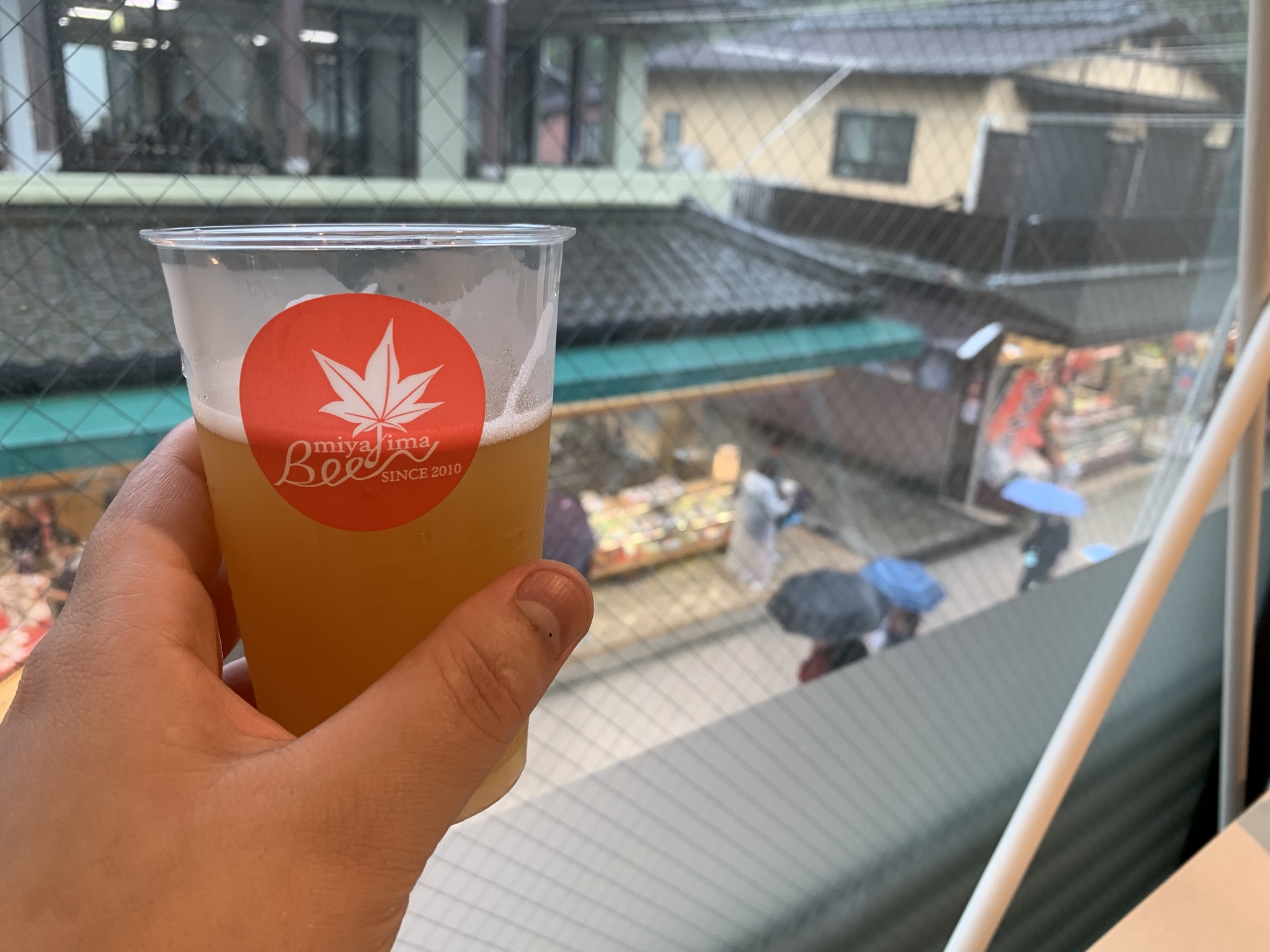parbaked
Senior Member
The heart shaped motif was introduced by "Southern Barbarians" (Portuguese) to Japan sometime between the mid-14th and mid 15th centuries, during the Nanban Trade.
The heart shape symbolizes the boar's eye ("Inome") in ancient Japan.
You can find them as decorative motifs in old temples and on weapons.
Predates any Portuguese influence by a few hundred years....









